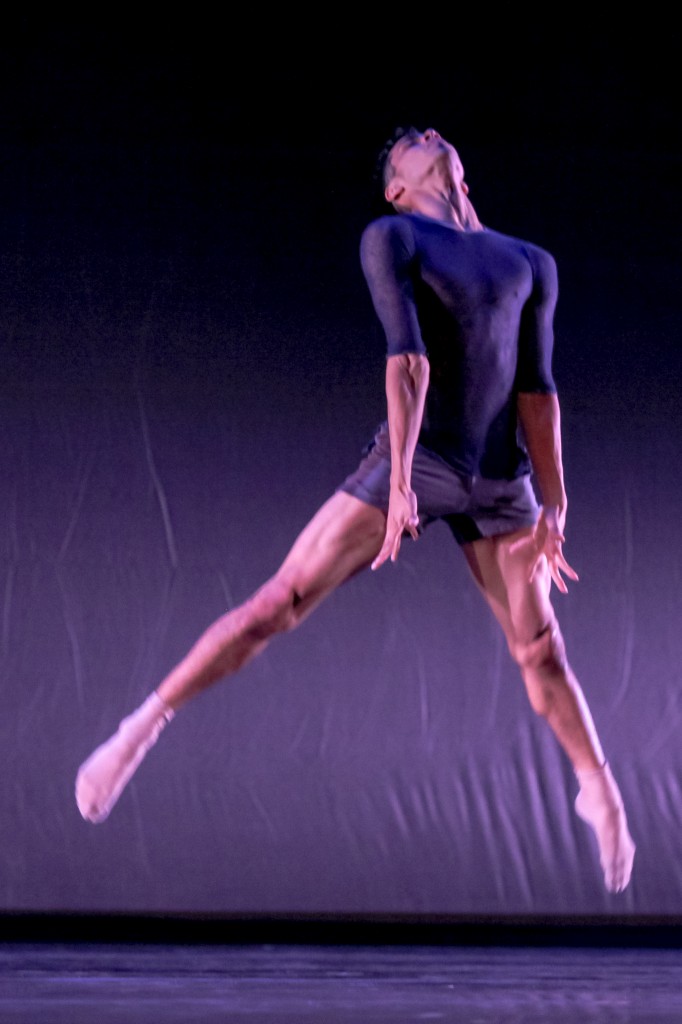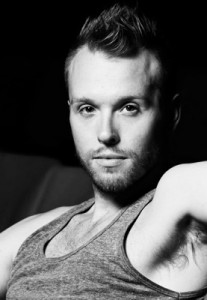Welcome to our new series! In the coming months, you’ll be hearing a variety of voices from DanceWorks Chicago (DWC), an arts organization that has been around since 2007.
DWC gives early career artists an environment where they can build a foundation and hone their artistry through training, collaboration, performances and mentoring opportunities. They also showcase work from established choreographers.
Today we will hear from guest choreographer James Gregg, who will be a part of DWC’s SEASON 8. This season will include other guest choreographers from across the country and around the world as well as a focus on Chicago dancemakers through the DanceMoves Choreography Competition. Keep an eye out for interviews with DWC participants here on the blog.
In the meantime, let’s get to know James Gregg a little better, as he answers interview questions for us here today…

Why did you make the move from dancer to choreographer?
I always wanted to be a choreographer, I knew from the very beginning.
What is it about choreography that appeals most to you?
It’s a hard question, there is so much that appeals to me.
I love painting the stage with movement and lighting. I love creating and challenging dancers to get out of their comfort zone. I love trying to connect with the audience and challenge them as well.
Where do your ideas come from for creating dances?
Every piece is different.
Sometimes it’s music, other times it’s a moment between two people on the street, or a commercial. It can be a life-changing moment or subtle exchanges between lovers. I mean, the ideas are all around you, you just need to open to receive them.
Is there anything you don’t enjoy about the process of choreographing a piece?
I enjoy it all—not to say certain days aren’t challenging. It’s all about the process and how we maneuver around those challenges, which in turn gives a better product. Those moments take you to places you wouldn’t have expected.
You created a piece for DanceWorks Chicago titled Nocturnal Sense. Did the choice of music (Vivaldi) come before or after you began choreographing?
The last musical movement of Nocturnal Sense was the catapult for the entire piece.
What was your process like for creating this piece?
I created 5 phrases based off the 5 senses, then manipulated them with each dancer, and then it just kind of molded itself from there.
James Gregg will unveil his new work at DWC’s “Dance Bytes”, taking place August 4th at the Ruth Page Center Theatre.

BIO: James Gregg began dancing at the age of nine with Ballet Oklahoma. He continued his training with Cece Farha’s Range of Motion, Houston Ballet Academy, the Bolshoi Ballet Academy, and EDGE Performing Arts Center. In 1999, he moved to Chicago to dance with River North Dance Company, then in 2005, moved to Montreal, where he danced with Les Ballets Jazz de Montreal until 2013. James has performed the works of renowned choreographers Crystal Pite, Rodrigo Pederneiras, Barak Marshall, Frank Chaves, Danny Ezralow, Harrison McEldowney, Mauro Bigonzetti, Annabelle Lopez Ochoa, Cayetano Soto, and Edgar Zendejas. Besides RUBBERBANDance Group, he also performs with Aszure Barton and Artists and other dance companies around the country.
















